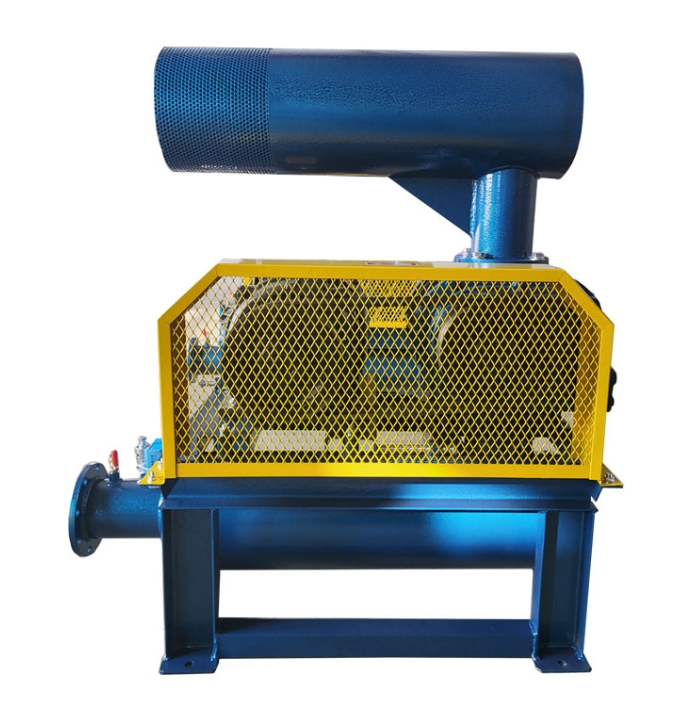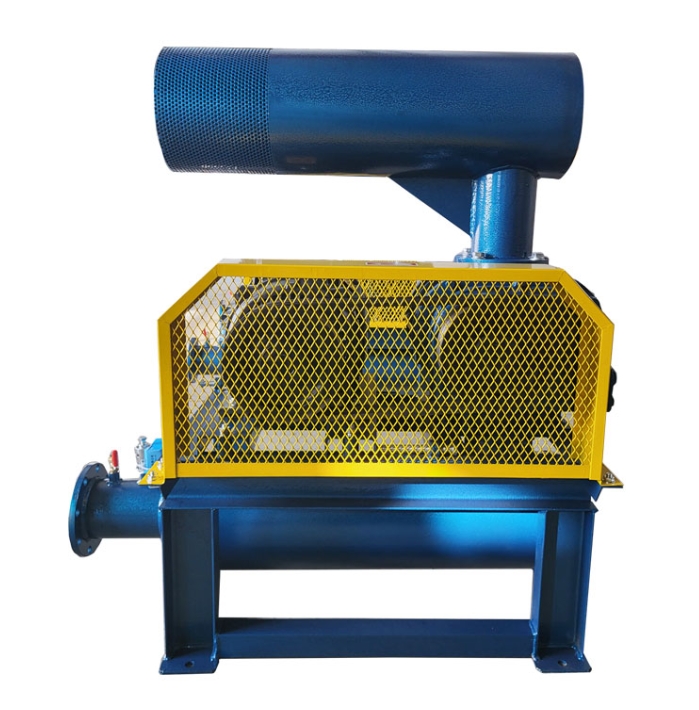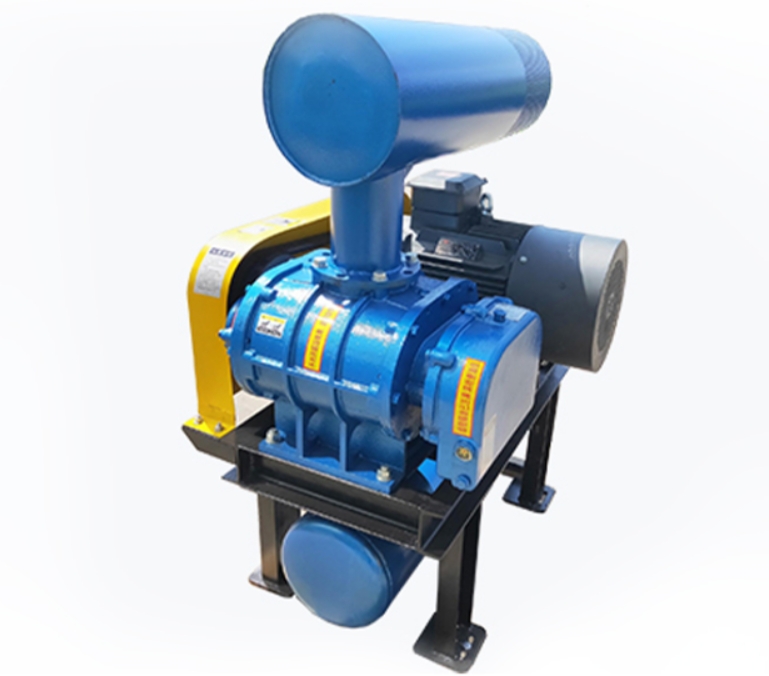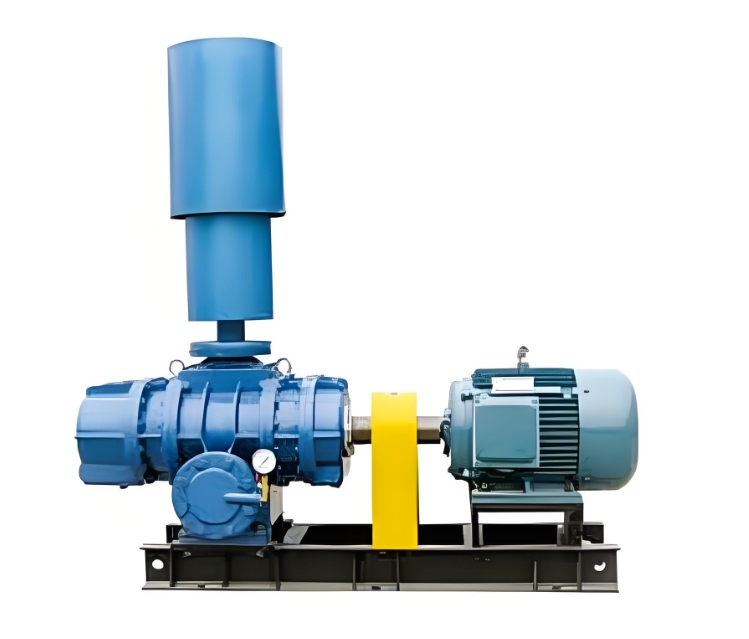The pressure of Roots blowers varies depending on their design and application scenarios. The following is a detailed classification of pressure parameters:

1、 Standard model pressure limit
1. * * Single level conventional model**
-Upper limit: 98 kPa (0.98 bar)
-Suggested value for continuous work: ≤ 78.4 kPa(0.784 bar)
-Note: When the pressure exceeds 78.4 kPa, the efficiency significantly decreases and the energy consumption increases by more than 30%*
2. * * High voltage reinforcement model * * (requires special design)
-* * Laboratory grade * *: 147 kPa (1.47 bar)
-Industrial grade: 196 kPa (1.96 bar, requiring multi-stage series connection)
-Cost: 15-20% reduction in traffic and 8-10 dB increase in noise*
2、 Breakthrough technological limits
|Technical solution | reachable pressure | technical features | typical brands|
|-------------------|-------------|-----------------------------|-----------------|
|Titanium alloy impeller | 245 kPa | 3x increase in deformation resistance | Taiko, Japan|
|Magnetic levitation bearing | 176 kPa | No mechanical friction, speed up to 6000rpm ||
|Three stage series system | 294 kPa | Intermediate cooling+pressure equalization control | Gardner, USA|
3、 The relationship between pressure and structure
1. * * Two leaf limit**
-Traditional cast iron shell: 117.6 kPa (1.176 bar)
-Ductile iron strengthening: 137.2 kPa (1.372 bar)
2. Advantages of Three Leaf Type**
-Spiral impeller design can lift up to 156.8 kPa (1.568 bar)
-But cooperation is required:
Nitrided hardened gear (hardness C60+)
double row tapered roller bearing
4、 Overpressure risk warning
When the work pressure exceeds the following threshold:
-98kPa: 50% reduction in bearing life
-147kPa: Increased risk of impeller deformation by 10 times
-196kPa: Non destructive testing is required every 500 hours
It is recommended to use screw fans (pressure up to 400kPa) or centrifugal compressors (>1000kPa) instead of ultra-high pressure demand scenarios. The specific selection should refer to the pressure flow attenuation curve provided by the manufacturer.





